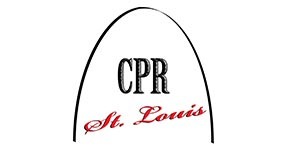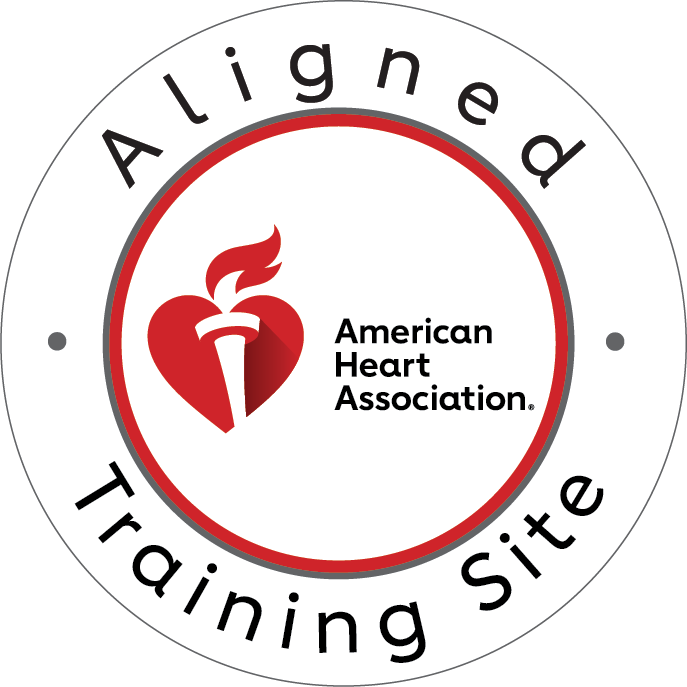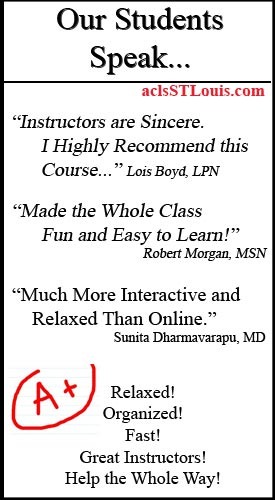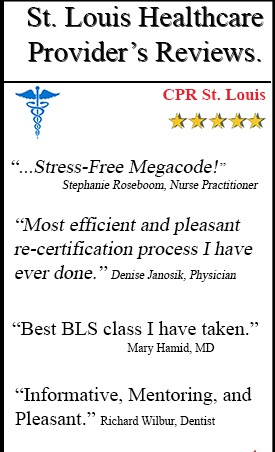I. Definitions
A. Anatomy – study of structure
1. Ex. study parts of heart
B. Physiology – study of function
1. Ex. study how heart pumps blood
II. Structure and Function
A. Function reflects structure (EVOLUTION)
1. Ex. Oxygen can pass through lungs (physiology), only because
lining of lungs is very thin (anatomy)
III. Anatomy – study of structures
A. Macroscopic / Gross – study of larger structures with unaided eye
1. Surface anatomy – superficial markings on body; study of
internal organs as they are felt through the skin (palpation)
a. Ex. External occipital protuberance
2. Regional anatomy – body areas
a. Ex. abdominal region – stomach, intestines, liver
3. Systemic anatomy – study of organ systems
a. Ex. cardiovascular system – heart, blood, vessels
4. Developmental anatomy – structures changes that occur from
conception to old age
5. Embryology – structure changes before birth
B. Microscopic – need microscope
1. Histology – study of tissues
2. Cytology – study of cells
IV. Physiology – study of function of anatomical structures
A. Systemic physiology – study of how organ systems function
1. Body Systems
a. Ex. cardiovascular, respiratory, urinary, reproductive, etc.
V. Level of Organization
A. Chemical – non-living
1. Atoms / molecules
B. Cellular – living
C. Tissue
1. Group of cells that function together
2. 4 major types of tissue
a. Epithelial Tissue (Epithelium)
b. Muscle Tissue
c. Connective Tissue
d. Nervous Tissue
D. Organ
1. Two or more tissues that function together
2. Ex. Skin
E. Organ System
1. Organs that function together
2. Ex. Cardiovascular system
VI. Characteristics of Life
A. Maintain boundaries
1. Internal Vs. External environment
2. Ex. Skin and Cell membranes
B. Movement – internal and external
C. Responsiveness (irritability) – respond to stimuli in environment
D. Absorption of nutrients
E. Metabolism – sum total of all chemical reactions in body
F. Excretion – eliminate waste
G. Growth – increase in size and number of cells
1. Differentiation – specialization of cells
H. Reproduction
VII. Homeostasis
A. Maintenance of static, or constant, conditions in the internal
environment
B. “A Dynamic Constancy”
C. Must maintain Homeostasis to be Healthy
D. Homeostatic Regulation
1. Physiological adjustments made to maintain homeostasis
E. Pathology = Disease; failure of homeostatic regulation
F. Defined limits – (homeostatic range)
1. Examples
a. pH – 7.35 – 7.45 (blood, urinary, respiratory)
b. Temperature
c. Glucose
1) Insulin and glucagon
2) Negative feedback





